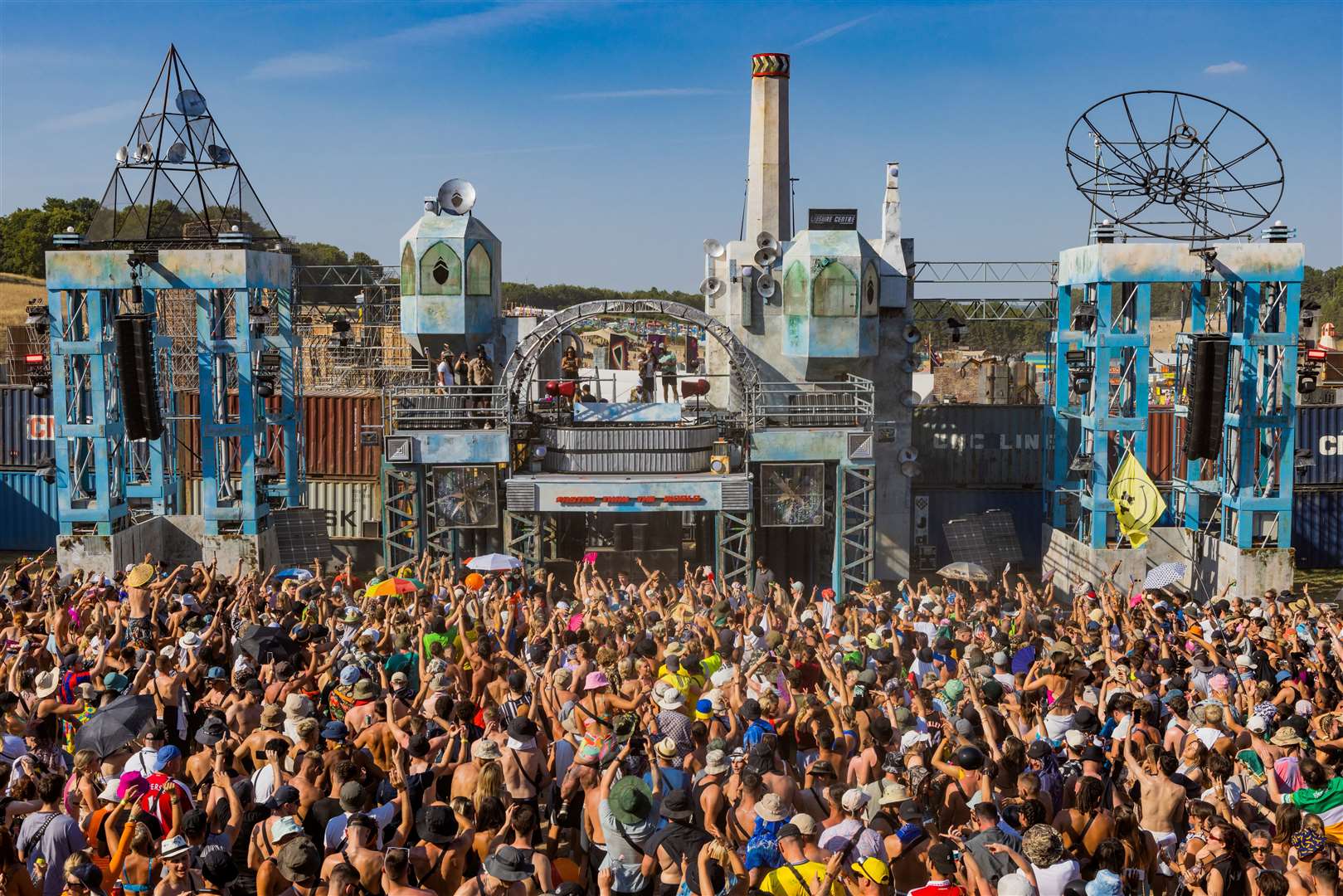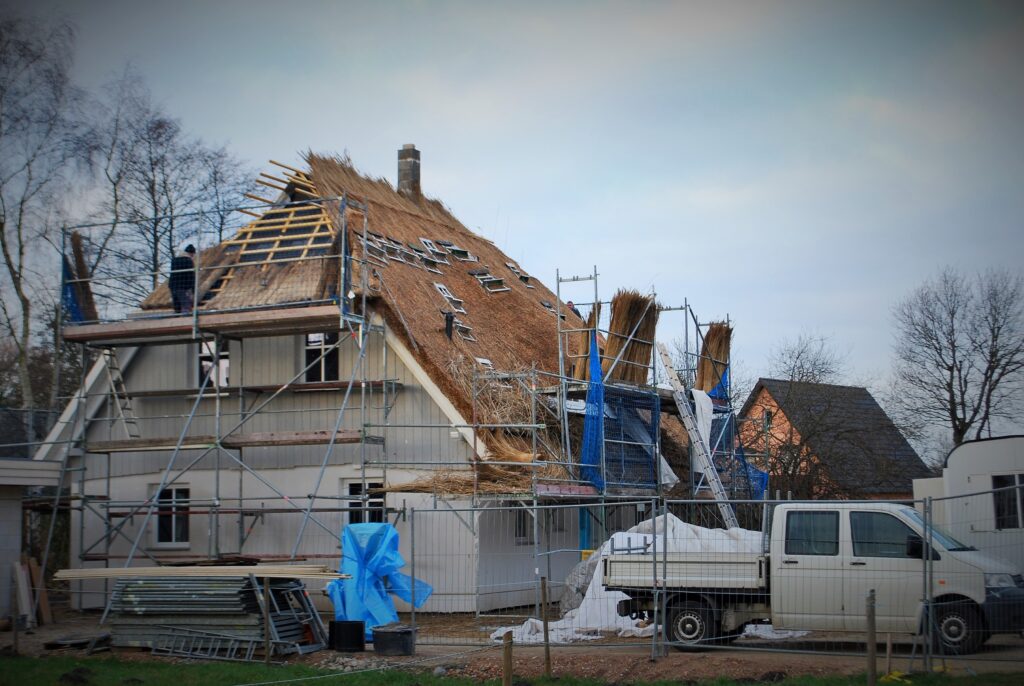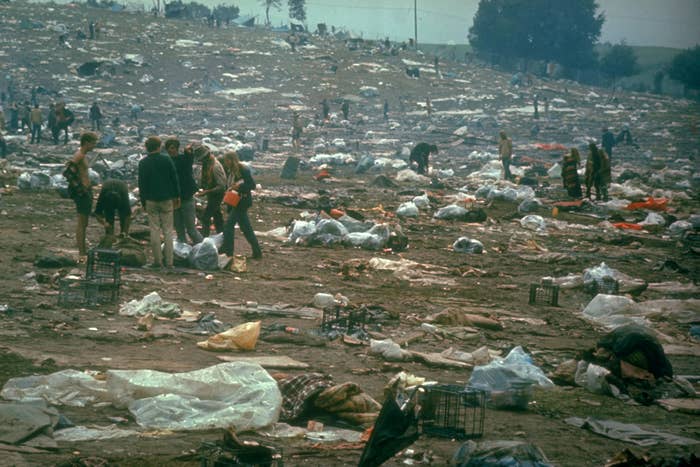* * * *
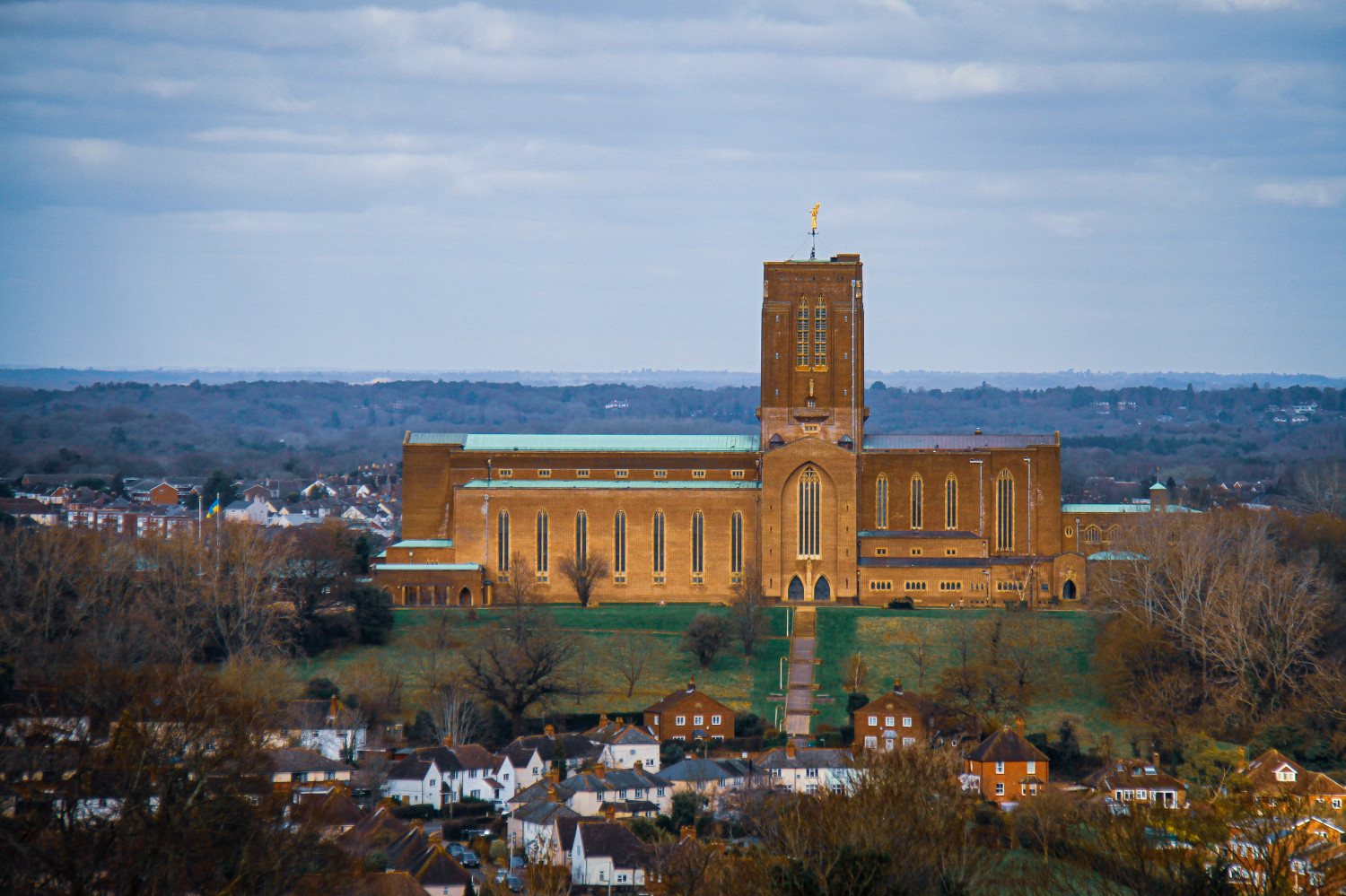
* * * *
Welcome to the “Georgia Wasp…”
This blog is modeled on the Carolina Israelite. That was an old-time newspaper – more like a personal newsletter – written and published by Harry Golden. Back in the 1950s, people called Harry a “voice of sanity amid the braying of jackals.” (For his work on the Israelite.)
That’s now my goal as well. To be a “voice of sanity amid the braying of jackals.”
For more on the blog-name connection, see the notes below.
In the meantime:
November 22, 2015 – Here’s what I’ve described so far in posts about my hike last August on England’s Canterbury Trail. (What locals call the Pilgrims’ Way.) That’s the “historical route supposedly taken by pilgrims … to the shrine of Thomas Becket at Canterbury in Kent.”
Officially it’s 119 miles, but detours to find suitable lodging made it 138 miles. At first I hiked with my brother Tom, and we left Winchester – at the western end – on August 11. (As detailed later, Tom’s wife Carol planned to join us on August 24.) After hiking five days – through places like Bishops Sutton, Alton and Farnham – we reached the site of our first day off – from hiking – in Guildford. (Silent “d,” the site of the upscale new cathedral shown above.)
More to the point, we finally got off St. Swithun’s Way (ptui!), the part of the trail that runs from Winchester to Farnham. We’d reached the much better North Downs Way part of the hike.
As the last post noted, on that fifth-day August 15 we “drag-assed our way in to Guildford,” after 12 miles, which we celebrated with a late dinner (and pint or two) at the White House pub. (On the banks of the River Wey, “this elegant yet cosy pub is said to overlook the very waters that supposedly inspired Lewis Carroll’s (Alice) Through the Looking-Glass.”) After dinner I collapsed into the living room sleeper sofa, followed by sleeping late and catching up on ZZZs.
On that day off (August 16) we visited Guildford Cathedral and got another Pilgrim stamp. The cathedral is way more modern-looking than I expected, but then it’s only been around a half century. (Said the pamphlet, adding that the unique building on Stag Hill was “built with bricks purchased for half a crown by thousands of ordinary people.”) And by the way, Stag Hill is a “prominent hill located in Surrey, England. It is situated to the southwest of Guildford, a historic town in the county. With an elevation of approximately 175 meters (574 feet) above sea level, Stag Hill is often categorized as a hill rather than a mountain due to its moderate height:”
The hill is renowned for its picturesque views and is a popular destination for both locals and tourists alike. From the summit, visitors can enjoy panoramic vistas of the surrounding countryside, including the Surrey Hills Area of Outstanding Natural Beauty … known for its rolling hills, dense woodlands, and charming villages, offering a tranquil escape from urban life.
And a tranquil escape from urban life – more precisely modern life, with all its “rush, rush, rush” – is just what we were after. (Along with a cold beer at the end of a long day.)
Resuming our trek on August 17, we hiked 13 miles – the longest day so far – from Guildford to Dorking, along the much-better North Downs Way. And had dinner and a pint at The Watermill, Dorking, seven minutes up the road from our place at the Travelodge Dorking.
But first, leaving Guildford we crossed over a footbridge on the River Wey, as people sculling rowed by beneath us. And for a long time we saw lots of Sunday-morning hikers; there’s a ton of hiking paths crisscrossing that part of the North Downs Way. That included a young couple with dad carrying a baby in a backpack-contraption that looked like something Rube Goldberg would be proud of. And about halfway to Dorking we got to the “small still partly agricultural village” of Shere. To get there we had to cross an old-time ford at the River Tillingbourne.
The ford consisted of a series of not-too-slippery rocks, which we gingerly tiptoed across. We got there just in time for light brunch at the Dabbling Duck. (A “vibrant cafe … situated in the picturesque village of Shere.”) Then, shortly after leaving the Dabbling Duck – Google Maps says it’s a three-minute walk – we came across St. James’ Church. There we found both a highlight and lowlight of the day. I’ll talk about the highlight in a bit, but the lowlight came during a guided tour given by a local church lady. It had to do with the “creepy walled-in Anchorite” in the title. Here’s what I wrote later about the “creepy hole in the wall” the lady pointed out:
It seems one Christine Carpenter wanted to be an Anchorite [in the early 1300s], dedicating her life to Jesus, by staying in this cubby hole in the wall of the church. The clover-shaped thing on the left was where she could receive communion. The other is where she could watch the church service. Then she changed her mind, but The People wouldn’t let her out. The church lady who related the story said nobody knows whatever happened to poor Christine, who wasn’t allowed to change her mind after that…
Which definitely piqued my interest. I checked Wikipedia, which said that by initially leaving her cell Christina violated her Anchorite vows and so was in danger of excommunication. She changed her mind again, but to make sure she didn’t change a third time, when readmitted to the cell her doorway was walled up. (The walled-up exterior is shown in my picture below.)
That church visit definitely freaked me out – shades of the Cask of Amontillado – but also made me think. And made me appreciate the heck out of my freedom to “walk free and own no superior.” Which brings us to the highlight of the day. While touring some other parts of the church I saw a poster with a saying attributed to St. Augustine, “it will be solved by walking.” (In Latin, “Ambulando solvitur.”) I did some research on this topic too, and found Solvitur ambulando – Wikipedia. (On the Latin phrase meaning “it is solved by walking.”) The term refers to “an anecdotal, practical solution to a seemingly complex philosophical problem. It is often attributed to Saint Augustine in a refutation of Zeno’s paradoxes of motion.”
But what does all this “book larnin'” have to do with the topic at hand? Just that ever since I started these long-distance Camino hikes in 2017 – think “Buen Camino!” – people at home have been asking me, “Why would anyone want to do that?” I could just answer, “Suit yourself, dumbass,” or give a more polite “Who wouldn’t want to do that?” But like any true aficionado I feel the need to spread the good word, the Good News of undertaking such a mission.
You know, besides the warm bed, hot shower and cold beer at the end of a long day’s hike.
I’ve found a number of answers that satisfy me, but that’s a bit like preaching to the choir. But that day in Shere led me to another answer, this one from a post on the Camino Quest website, Solvitur Ambulando: Is it really solved through walking? The writer said St. Augustine of Hippo may have used it in a metaphorical sense, “suggesting that some problems in life and faith can only be understood through action or experience rather than abstract reasoning:”
I find walking, hiking, and pilgrimaging all provide opportunities to solve life’s complexities (or at least contribute to solving). Walking the Camino is a journey unlike any other. Personally, I weave in and out of deep pondering and blank white space. Creative thoughts come at lightning pace. Smiles break out on my face, and tears sometimes flow. I am surprised by the range of emotions as my mind finds release from contemplating life’s challenges.
So I’d say St. Augustine was right, that walking really does contribute to solving life’s greatest mysteries, and that “It is also very good for our bodies and minds.” Which brings us back to that creepy walled-in Anchorite and the question I would ask Christine Carpenter, “Why would anyone want to do that?” I’d much rather enjoy the heck out of my freedom to “walk free and own no superior,’ which as Walt Whitman said “encapsulates the essence of true freedom.”
In the next post we’ll move on from the creepy walled-in Anchorite in Shere toward further adventures in Dorking, Sevenoaks and Dunton Green, our second day off and home of the Rose and Crown, Vintage Pub. Something I’m guessing Christine Carpenter never got to enjoy…
* * * *
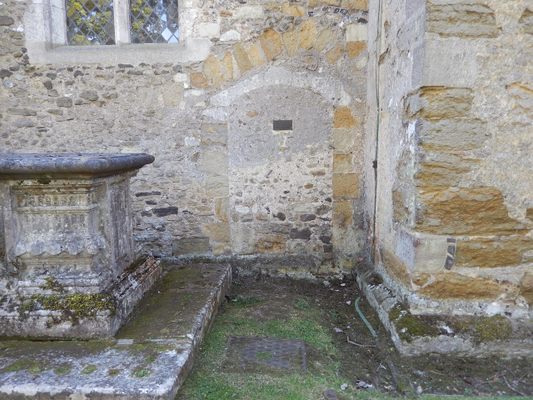
* * * *
The upper image is courtesy of Guildford Cathedral – Diocese of Guildford: The “‘Mother Church’ of the diocese with a unique and high-profile ministry. Relatively speaking, it is a modern cathedral, having been consecrated in 1961. Its construction could not have happened without the generosity and support of the local community.” As to that local support see Guildford Cathedral – Wikipedia:
The Cathedral Committee … launched the ‘Buy-a Brick’ campaign in 1952. Between 1952 and 1961 more than 200,000 people paid 2s 6d (equivalent to £5 in 2023) to sign their name, or the name of another person on a brick. Elizabeth II and Prince Philip both signed bricks, which are on display inside the cathedral, along with bricks signed by other members of the Royal Family.
It was built on Stag Hill, “so named because the Kings of England used to hunt there. Its solid red brick outline is visible for miles around. Whilst in 1932 this was far outside the town of Guildford, the growth since then has already begun to wrap around the cathedral to the west and south.”
The lower image is courtesy of Cell of the Anchoress of Shere – Atlas Obscura, which added: “Christine broke out of the anchorage after almost three years and attempted to rejoin society.” See also – aside from Wikipedia – Secret Surrey: The woman who chose to spend her life in a cell, The Anchoress of Shere, Christine Carpenter – Shere Delight, Cell of the Anchoress of Shere – Atlas Obscura, or Christine Carpenter – Surrey Cultural Lives. For more on Anchorites see Wikipedia: Such people were required “to take a vow of stability of place, opting for permanent enclosure in cells often attached to churches. Also unlike hermits, anchorites were subject to a religious rite of consecration that closely resembled the funeral rite.”
See also The Anchorite Tradition of Voluntary Incarceration and Devotion to God:
“An anchorite … was a person who chose to “live alone in prayer to worship God, unceasingly and without distraction.” Although other Christian ascetics share the goal of the anchorite, for instance hermits who lived in the deserts, there are certain features that separate the former form the latter. Generally speaking, an anchorite refers to one who was “walled into a small cell which was attached or ‘anchored” to a church or oratory.” The anchorite tradition was particularly widespread in the British Isles. (Emphasis added.)
* * * *
Re: The Israelite. Harry Golden grew up in the Jewish ghetto of New York City, but eventually moved to Charlotte, North Carolina. Thus the “Carolina Israelite.” I on the other hand am a “classic 74-year-old “WASP” – White Anglo-Saxon Protestant – and live in north Georgia. Thus the “Georgia Wasp.”
Anyway, in North Carolina Harry wrote and published the “israelite” from the 1940s through the 1960s. He was a “cigar-smoking, bourbon-loving raconteur.” (He told good stories.) That also means if he was around today, the “Israelite would be done as a blog.” But what made Harry special was his positive outlook on life. As he got older but didn’t turn sour, like many do today. He still got a kick out of life. For more on the blog-name connection, see “Wasp” and/or The blog.
* * * *


